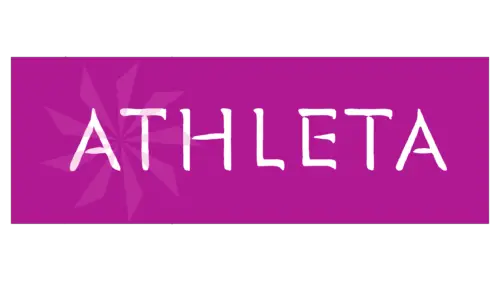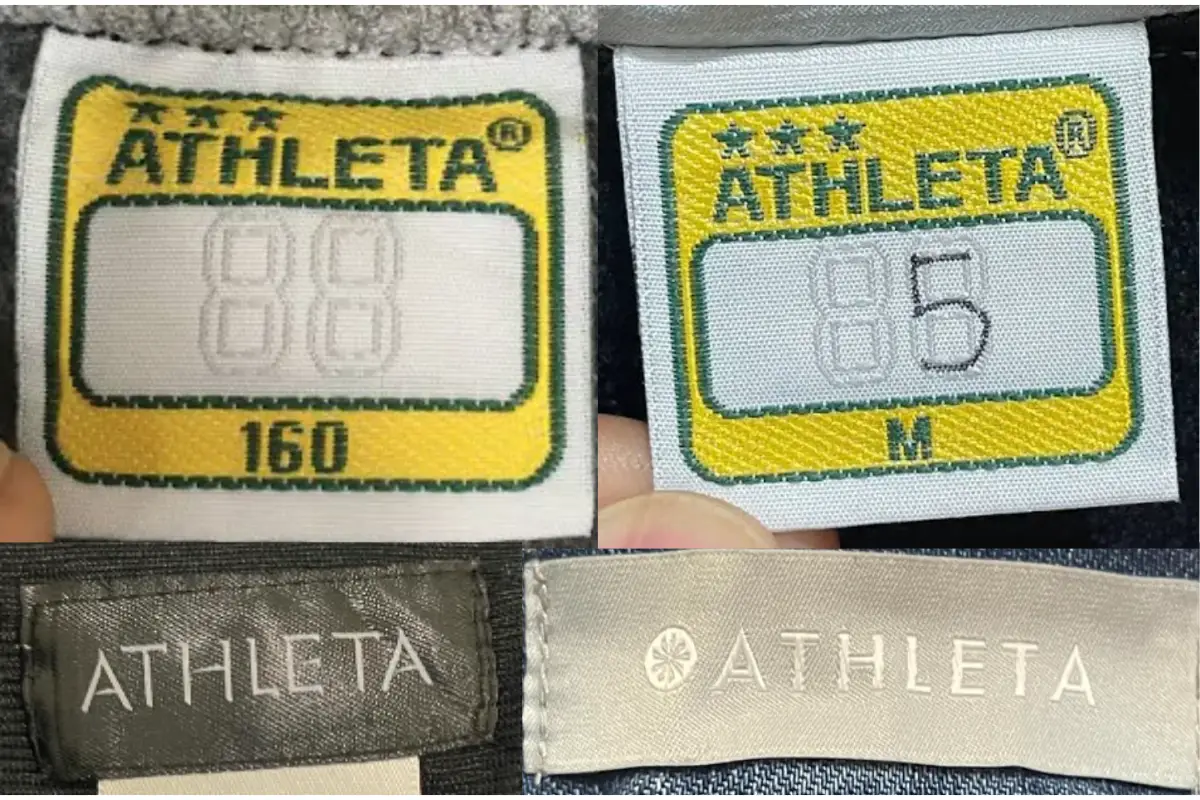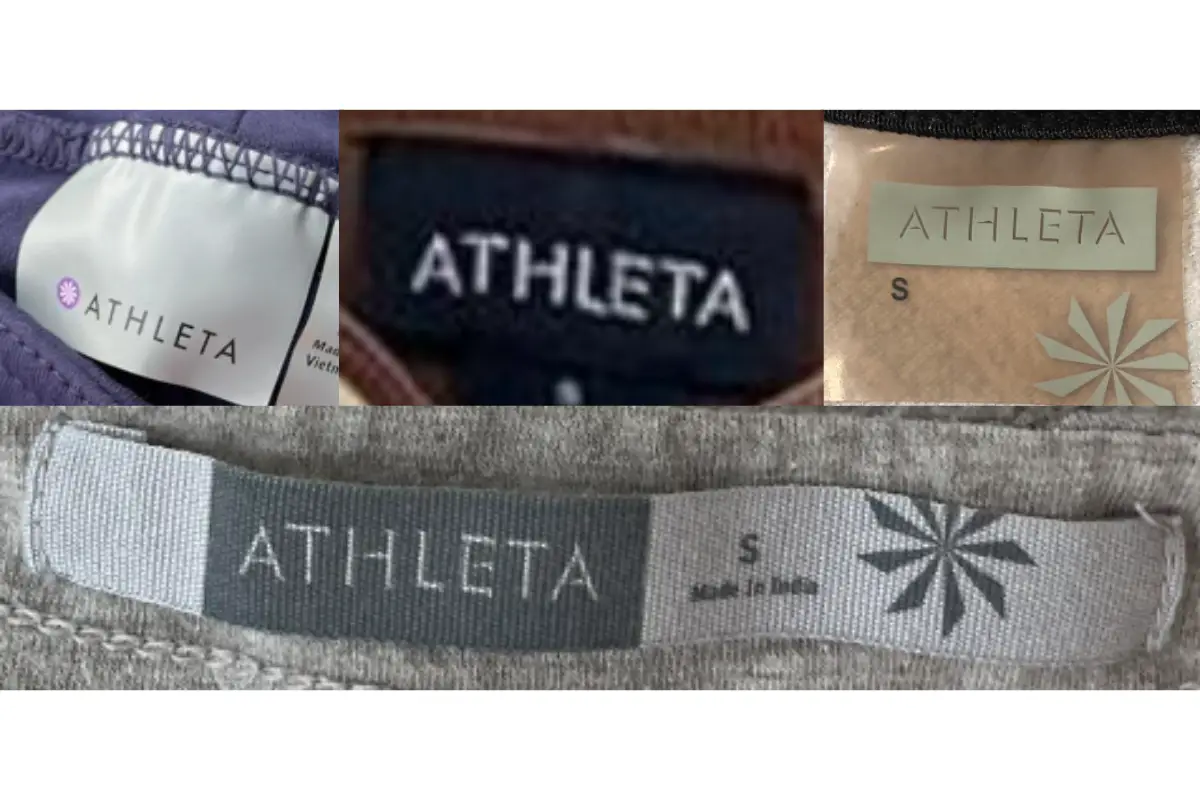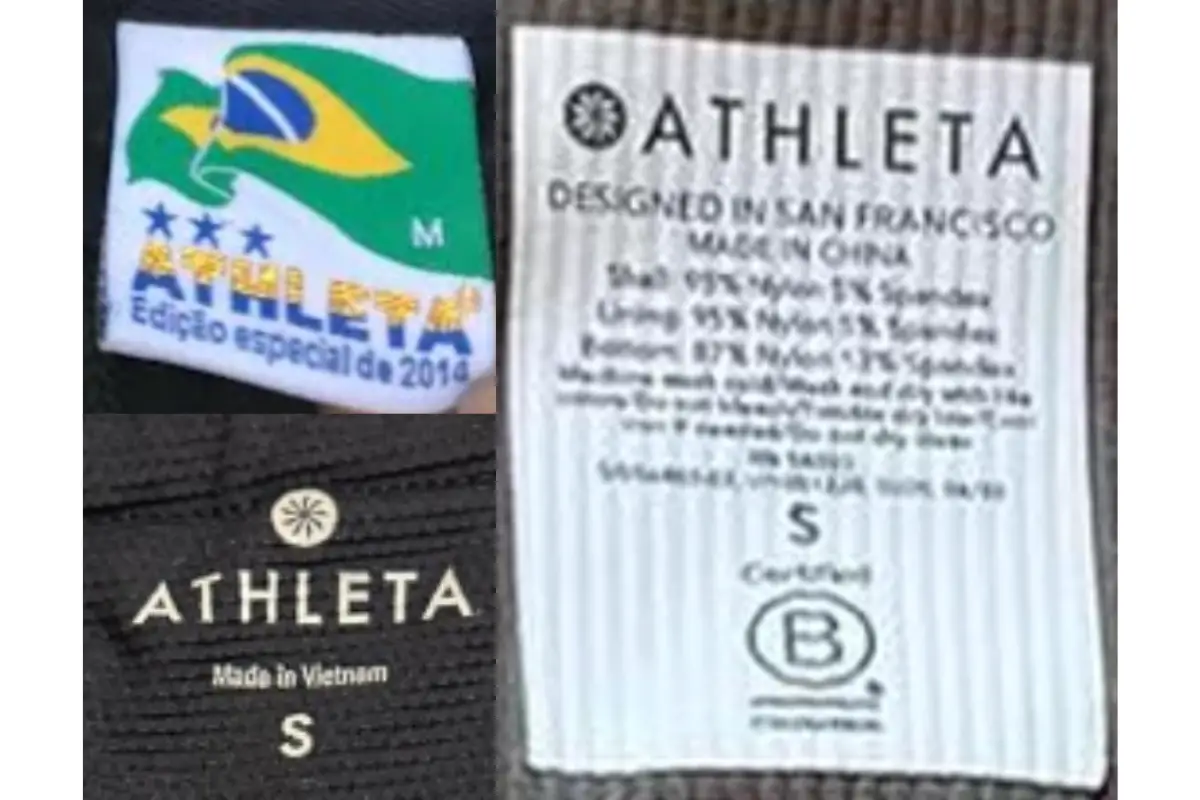Athleta is a name that resonates deeply within the world of sports, especially when it comes to association football. Founded in 1935 in Belém, São Paulo, Brazil, by the Santa Isabel Textile Manufacturing company, Athleta quickly established itself as a key player in the sporting goods industry. Originally created to produce socks and shirts for amateur sports, the brand evolved into a cornerstone of Brazilian football culture, becoming synonymous with the nation’s most celebrated moments on the world stage. Its early years were marked by the production of durable and practical sportswear, a reflection of the era’s demands, but it wasn’t long before Athleta would be recognized for much more than just functionality.
The brand gained international fame when it became the official supplier of the Brazil national football team’s uniforms in the 1950s, a partnership that would etch Athleta into the annals of football history. Notably, Athleta was the brand behind Brazil’s first iconic yellow and green shirts, introduced after the team abandoned its traditional white and blue kit following the heartbreak of the 1950 World Cup, famously known as the Maracanazo. This shift not only marked a new chapter for the Brazilian national team but also positioned Athleta as a symbol of resilience and national pride. The brand’s craftsmanship was evident in every stitch, with the jerseys of this era being handmade with meticulous attention to detail, a testament to the artisanal quality that Athleta stood for.
Despite its strong start and historical significance, Athleta eventually faded from the spotlight until its revival in 2009 by the Japanese group, The Brand’s Company (TBC). This resurgence was marked by the launch of “The Champions’ Shirt” project, which paid homage to the iconic jerseys worn by Brazilian players during their triumphant World Cup campaigns of 1958, 1962, and 1970. This limited edition release not only rekindled nostalgia among football enthusiasts but also reestablished Athleta’s legacy in the modern era, reminding the world of its role in some of football’s most glorious moments. Today, Athleta continues to be revered as a brand that embodies both the rich history and the timeless spirit of Brazilian football.
Simone Biles Power of She Athleta Campaign
How to tell if Athleta is vintage from the logo
Athleta has undergone a fascinating evolution in its branding over the years, adapting its logo to reflect changing market trends and consumer preferences. From its earlier, more rustic and artisanal look to the sleek, modern designs seen today, the Athleta logo has been a strong visual representation of the brand’s journey. Below is a guide to help you identify whether an Athleta product is vintage based on the logo it features.
1998 to 2009 Athleta logo
- This logo features a more handcrafted, artistic font that is slightly irregular in shape, giving it a unique, artisanal appearance.
- The color scheme is predominantly purple, which was a significant part of Athleta’s branding during this period.
- The symbol to the left of the text is a stylized, star-like floral design, which became iconic for the brand during this time.

1998 to 2009 Athleta logo
2009 to 2023 Athleta logo
- The logo from this era introduced a more refined and modern look, with the font becoming more streamlined and professional.
- The floral symbol remains but is simplified and set within a circular background, often in a dark teal color, representing a shift towards a more sophisticated brand image.
- The text is bold and capitalized, with the letters spaced more evenly compared to the previous logo, reflecting a more mature and confident brand identity.

2009 to 2023 Athleta logo
2023 to now Athleta logo
- The current logo continues the trend of minimalism and refinement, with the font being slightly thinner and the floral emblem more subtle.
- The color palette has shifted slightly, with the symbol now appearing in a muted teal or dark blue, enhancing the modern and sleek feel.
- This logo is indicative of Athleta’s current positioning as a leading brand in the activewear market, focused on both style and performance.

2023 to now Athleta logo
How to tell if Athleta is vintage from the tags
Athleta has evolved significantly over the decades, reflecting changing styles, materials, and brand identity. The tags from various eras provide insight into the garment’s age, with distinct designs and branding cues that can help identify whether a piece is vintage. Below is a guide to recognizing Athleta tags from the 1990s, 2000s, and 2010s based on the images provided.
Can’t figure out your vintage tags or labels? Upload a picture on our vintage tag identification page, and we’ll assist you!
1990s vintage Athleta tags
- Features a bold, athletic font with “ATHLETA” prominently displayed.
- Tags typically have a simple design with a focus on practicality, often using minimalistic color schemes.
- Some tags include additional size information clearly indicated beneath the brand name.

1990s Athleta tags
2000s vintage Athleta tags
- Introduction of more detailed and diverse tag designs, including both cloth and woven labels.
- Tags often incorporate a small flower-like emblem alongside the “ATHLETA” name, reflecting a shift towards a more modern and versatile brand image.
- Use of various background colors and textures, indicating a broader range of product lines.

2000s Athleta tags
2010s vintage Athleta tags
- Modernized tag designs with a sleek, minimalist aesthetic, featuring a clean and refined font for the “ATHLETA” name.
- Tags from this era often include environmental or production information, such as “Designed in San Francisco” or manufacturing details.
- Emphasis on the brand’s commitment to sustainability, with some tags displaying certifications or eco-friendly messages.

2010s Athleta tags





Can you be more specific about the content of your enticle? After reading it, I still have some doubts. Hope you can help me.
Can you be more specific about the content of your article? After reading it, I still have some doubts. Hope you can help me. https://www.binance.com/en-ZA/register?ref=JHQQKNKN
Your point of view caught my eye and was very interesting. Thanks. I have a question for you. https://www.binance.info/ru/register?ref=V3MG69RO
This guide is incredibly helpful for anyone looking to identify vintage Athleta pieces! The breakdown of logo changes over the years, from the handcrafted style of 1998–2009 to the sleek 2009–2023 design, makes it easy to spot the era of a garment. I especially appreciate the detailed images and descriptions of the tags—it’s clear that a lot of research went into this. Whether you’re a collector or just curious about vintage fashion, this article is a fantastic resource. Looking forward to more guides like this.
What a fascinating read! I had no idea Athleta played such a pivotal role in Brazilian football history. The story behind the iconic yellow and green jerseys after the 1950 World Cup is especially inspiring—it really highlights the brand’s connection to national pride and resilience. I also love how the 2009 revival honors that legacy while bringing it to a modern audience. Truly a brand with rich history and craftsmanship!
What a fascinating journey! I love how Athleta isn’t just a sports brand but a piece of Brazilian football history, especially with its iconic yellow and green jerseys after the 1950 World Cup. The revival in 2009 with “The Champions’ Shirt” project beautifully honors that legacy, blending nostalgia with modern craftsmanship. Truly inspiring for football and sportswear enthusiasts alike.